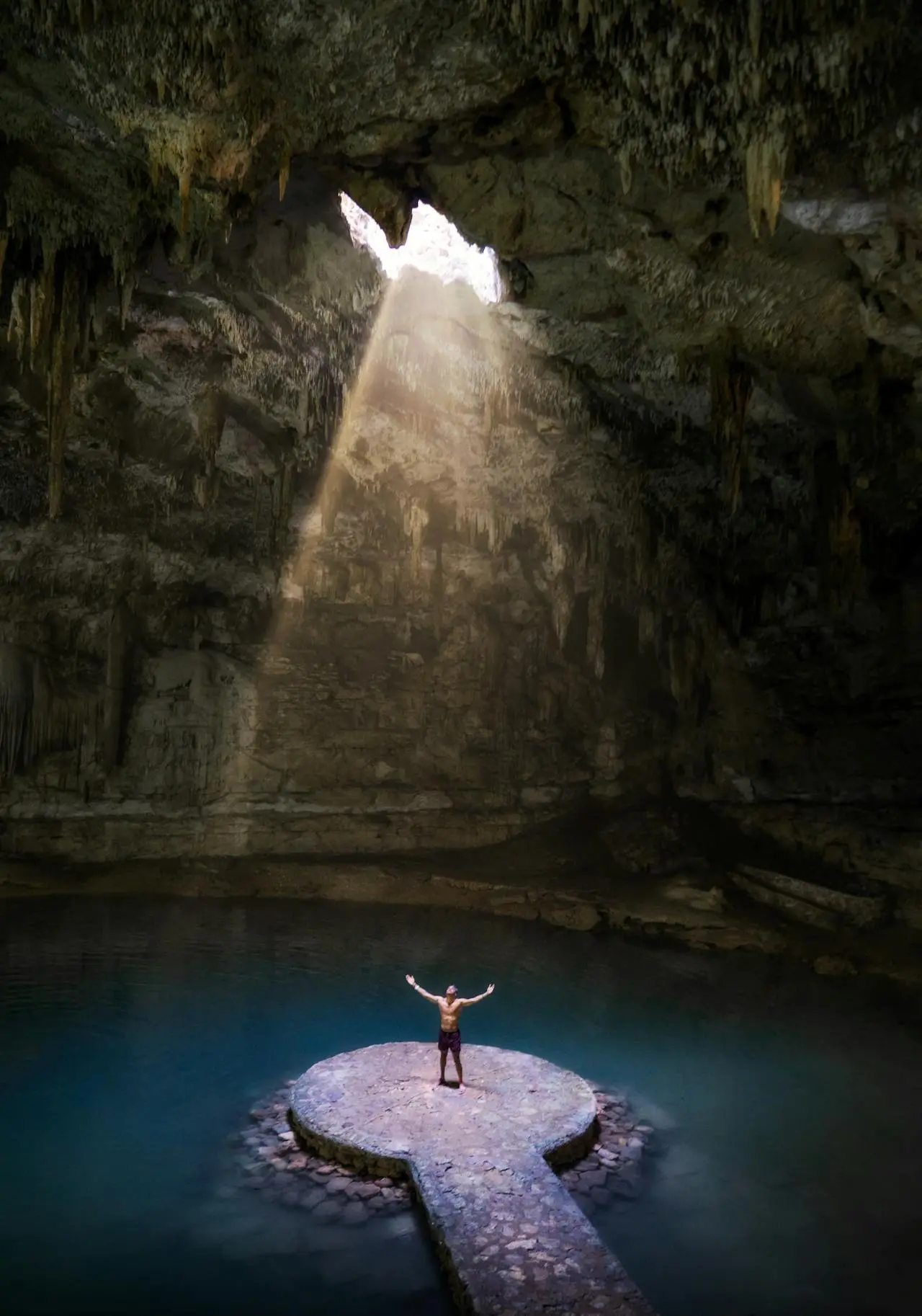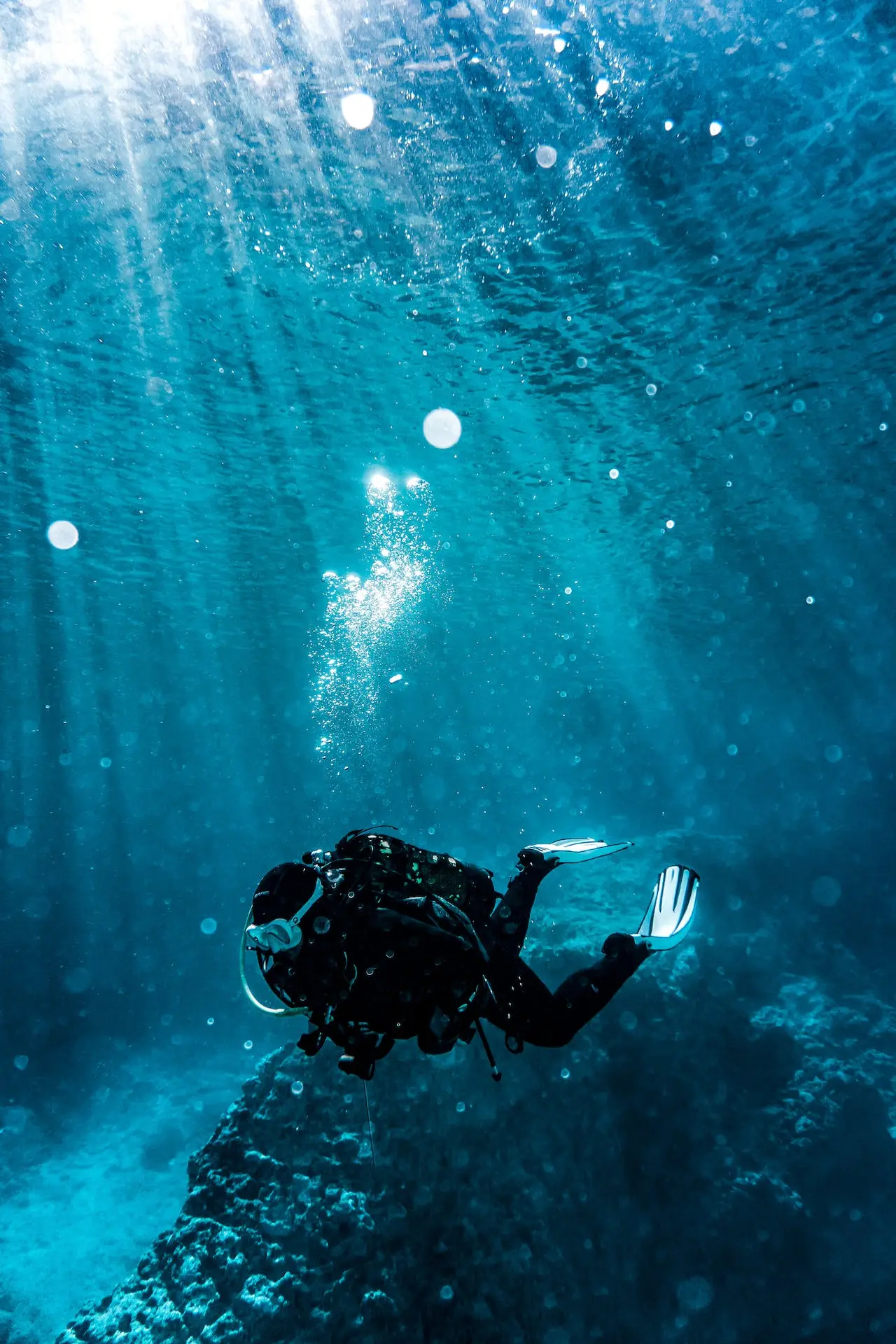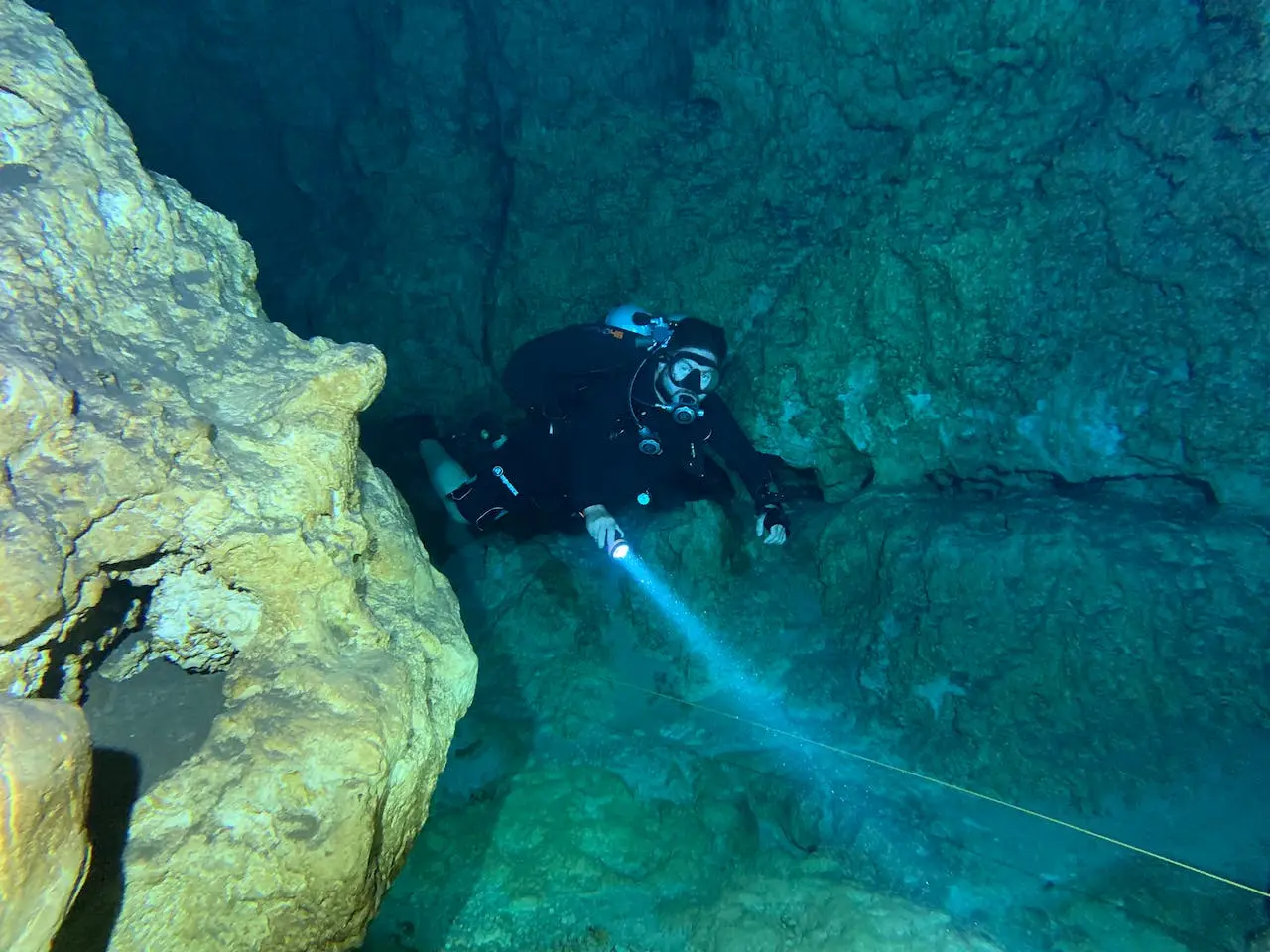Introduction
Exploring the depths of underwater caves is an unparalleled adventure, but it’s essential to understand the inherent risks associated with cave diving. In this article, we’ve delved into the captivating world of cave diving, emphasizing why it’s considered one of the most dangerous forms of diving.
The Enigma of Cave Diving
Cave diving isn’t just a sport; it’s an extraordinary journey into the heart of our planet. These underwater cave systems are renowned for their astonishing beauty and unique challenges. Divers are drawn to their concealed wonders, but they must navigate a mysterious world of intricate passageways and astonishing geological formations. As they plunge into the depths, the world above vanishes, and they are left with nothing but the beam of their dive light to pierce the darkness.
The Darkness Below: What Makes Cave Diving Risky?
The obscurity within cave systems is one of the factors that make cave diving perilous. Complete darkness engulfs divers as they venture further, creating a disorienting and psychologically challenging environment. Navigating through these labyrinthine passages, often with low visibility, requires a profound understanding of buoyancy control, line management, and communication with fellow divers. Any misstep can lead to entanglement or disorientation, which can quickly escalate into life-threatening situations.

The Inherent Dangers of Cave Diving
Beyond the darkness, cave divers encounter a host of risks. Equipment malfunctions can swiftly turn a routine dive into a crisis. Entanglement in lines or gear can lead to panic, and silt-outs, where sediment is stirred up, can reduce visibility to zero. What makes cave diving uniquely perilous is that these risks often intersect. Divers must be prepared to manage multiple challenges simultaneously. The stakes are high, and this is why cave divers undergo extensive training.
The Unpredictable: Environmental Factors in Cave Diving
Cave divers must contend with nature’s variables. Water flow within caves can be powerful and change rapidly, affecting a diver’s ability to navigate. Temperature can drop unexpectedly in deeper sections of the cave, increasing the risk of hypothermia. Poor visibility caused by silt and particles in the water makes orientation difficult, and it’s common for divers to lose sight of their entry point. Understanding and adapting to these factors are crucial for safety.
Preparing for the Dive: Training and Safety
While cave diving is undoubtedly a risky pursuit, it can be done safely. The foundation of safe cave diving is training. Divers must undergo rigorous instruction to understand the unique challenges of cave environments and learn the necessary skills to mitigate risks. Specialized training covers topics such as guideline protocols, buoyancy control, emergency procedures, and problem-solving in the dark. Certification agencies have strict standards to ensure divers are well-prepared.

Furthermore, cave divers rely on a suite of specialized equipment, including redundant air supplies, powerful dive lights, and guidelines to maintain orientation in low visibility. They meticulously plan their dives, adhering to the “rule of thirds,” which ensures they have one-third of their air supply for entry, one-third for exit, and one-third for emergencies.
Conclusion
Cave diving’s allure is undeniable, offering a unique opportunity to explore hidden wonders beneath the Earth’s surface. However, this enchanting world comes with risks that demand respect and preparation. By understanding the challenges of cave diving, obtaining the necessary training, and approaching each dive with caution and meticulous planning, divers can unlock the mysteries of these submerged caves safely. Adventure and danger coexist in this captivating realm, making it a thrilling yet demanding pursuit. Whether you’re an experienced cave diver or someone intrigued by the idea, always remember that the shadows below hold secrets and perils, and it’s our responsibility to explore them with care and respect.

Pingback: Coasteering: Conquer Coastal Thrills Like Never Before! - Extreme Sports